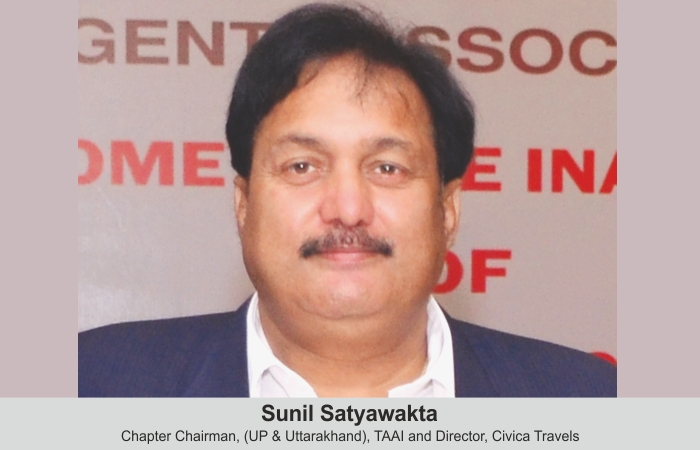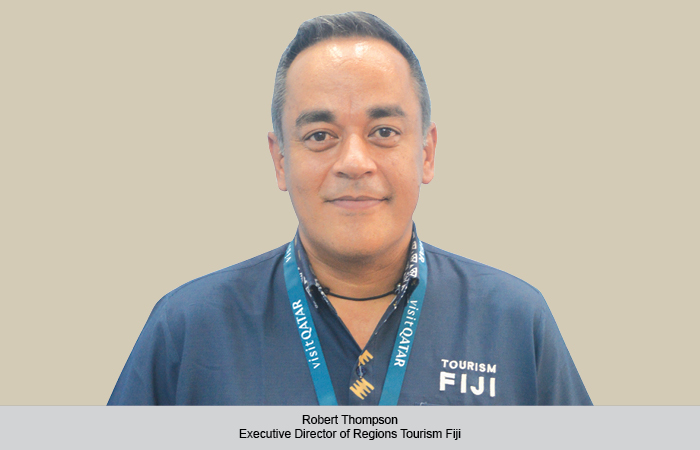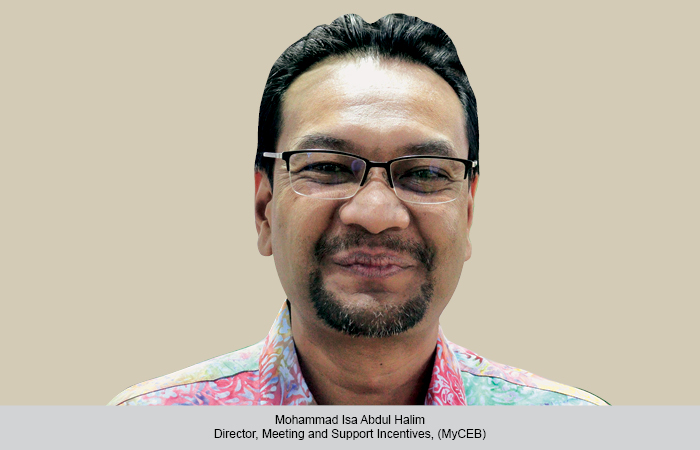Deprived of infrastructure development and an image as a tourist destination for decades, the present generation can boast of being fortunate to witness the reincarnation of this holy city – Ayodhya. Sunil Satyawakta, former Chapter Chairman (UP & Uttarakhand), TAAI and Director of Lucknow-based Civica Travels, shares his thoughts on the subject.
Ayodhya, an ancient city also known as Saket, was once the capital of the Kosala dynasty. Lord Sri Ram, the seventh incarnation of Vishnu, was born in Ayodhya, situated on the banks of River Sarayu. The temple town of Ayodhya has more than 500 temples of all sizes scattered all over the city, and artis (prayers) are performed daily in most of them. Though being a round-the-year destination, Ayodhya attracts a large inflow of pilgrims. To watch them pray and perform rituals, tourists from other parts of India and foreign countries also flock the city to experience certain festivals, especially connected to bathing dates. As they say, no Kumbh Snan (bath) is complete without a dip in holy Sarayu at Ayodhya.
Some of the prominent must-visit places are Ram Janambhumi, Hanuman Garhi, Kanak Bhawan, Nageshwarnath Temple, Gulab Bari, Treta ke Thankur, Chhoti Chawni, Sita ki Rasoi and various ghats of River Sarayu, namely Guptar Ghat, Raj Ghat, Ram Ghat, Lakshman Ghat, Janki Ghat and Naya Ghat.
With the grand temple of Sri Ram being constructed on 108 acres of land in phases, the honourable Chief Minister of Uttar Pradesh, Yogi Adityanath, proposes to develop Ayodhya into a Vedic city. Connectivity of Sri Ram temple to the airport, railway station and bus station by ropeways is an innovative and tourist-friendly decision.Furthermore, the government has plans to connect the holy city with other major cities and towns by six-lane highways and expressways.
Rail connectivity
In line with international standards for developing Ayodhya as a big tourist destination, Indian Railways is re-designing the city’s railway station to cater to one lakh passengers per day. The station will be housed in a double-storey building with a mela (fair) shed, circulating area, two foot-over bridges, dormitory, air-conditioned retiring rooms, medical rooms and wards, escalators, elevators and food court. LED billboards, furnished quarters for railway staff and other facilities are also planned. The state government has also approached Airports Authority of India to expedite the development of the airport within the next three months and make it operational for ATR aircraft in its first phase. The present government deserves a big applaud for the ambitious plans and initiatives to provide world-class facilities to this ancient holy city, a symbol of faith for Hindus, and a destination for religious and spiritual tourism.
Action plan prepared for developing tourism sites in Ayodhya
Uttar Pradesh CM Yogi Adityanath will soon be visiting Ayodhya to review the progress of the developmental works that are being carried out to provide world-class facilities to tourists. He will visit spots and oversee the progress of projects which include expansion of Bhajan Sandhya Sthal, Queen Ho Memorial Park, Ram Katha Park, and beautification of Ram Kath Gallery, Ram Ki Paidi. Development works include widening of city roads, construction of multilevel parking sites, and revamp of bus and railway station.
 TravTalk India Online Magazine
TravTalk India Online Magazine





